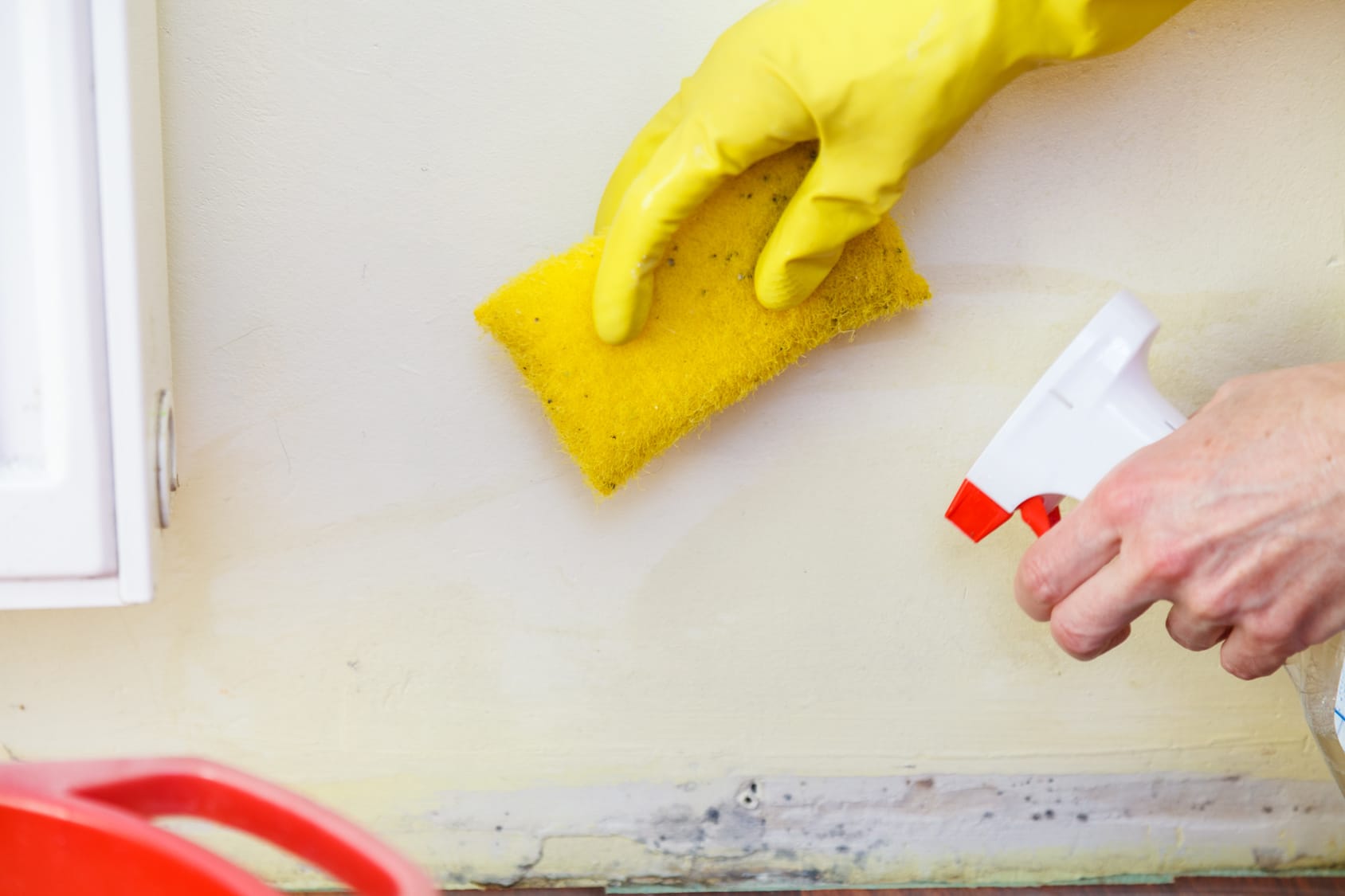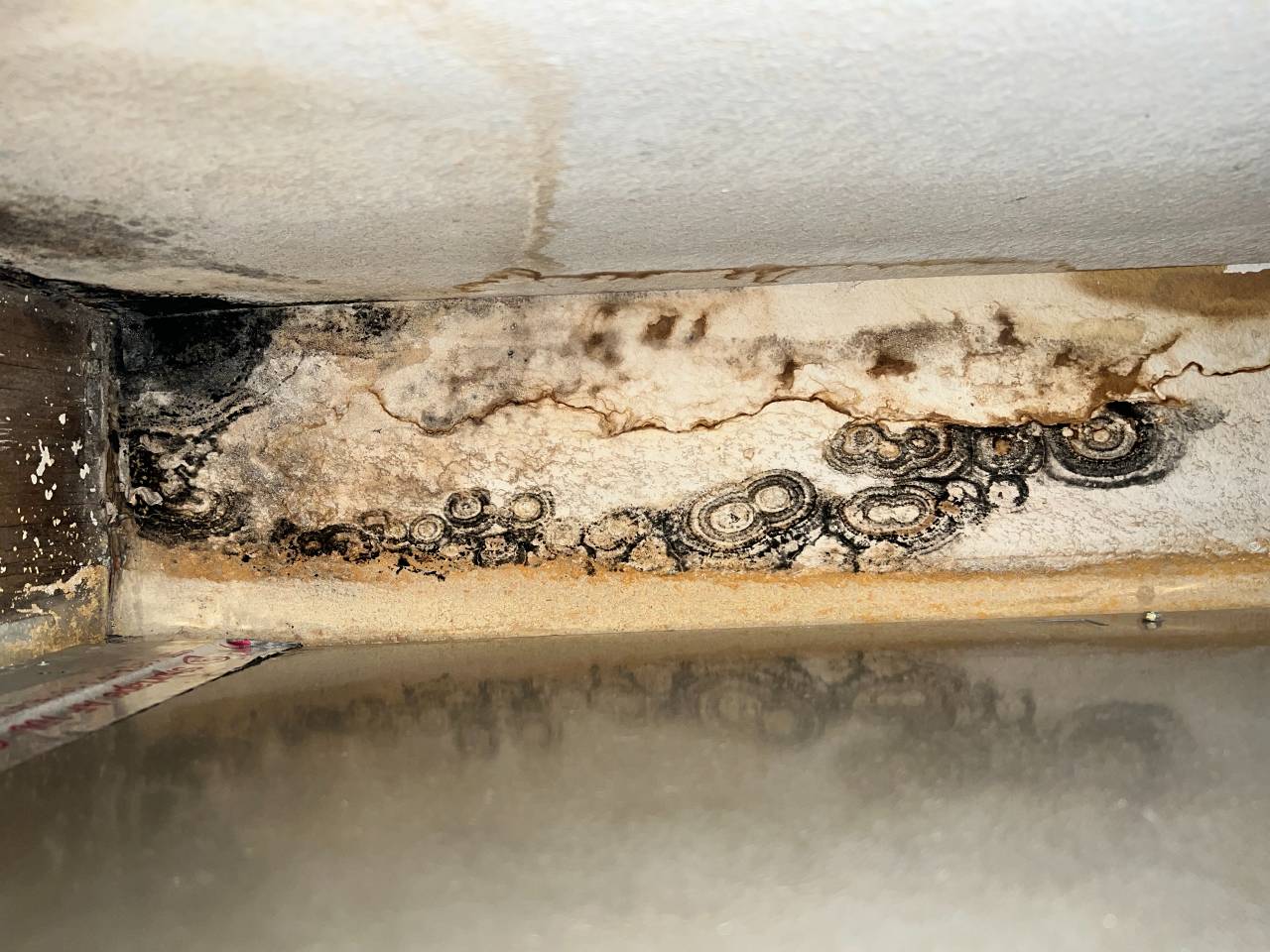Your Ultimate Guide to Blog Post Mold And Mildew Remediation Techniques
Navigating the realm of post-mold remediation techniques is a thorough process that requires attention to information and an extensive understanding of the ins and outs involved. In the aftermath of mold and mildew problem, understanding just how to effectively eliminate the mold and prevent its reoccurrence is critical for keeping a healthy and balanced indoor setting. From choosing the appropriate cleansing and sanitizing methods to implementing strategies for lasting mold and mildew prevention, each action in the removal trip plays a crucial function in making sure a successful outcome. As we get started on this exploration of post-mold remediation methods, we will discover the key approaches and finest techniques that can aid you recover your area to its pre-mold problem and protect it against future mold and mildew risks.
Understanding Post-Mold Removal Process
After completing the mold removal procedure, it is crucial to understand the post-mold remediation methods that are essential to ensure a comprehensive and effective cleaning. Once the mold has actually been eliminated, the following step includes cleaning and disinfecting the affected locations to avoid any regrowth of mold and mildew. This consists of using specialized cleaning agents to wipe down surface areas and kill any kind of remaining mold spores. It is important to dry the area totally to dissuade the growth of mold and mildew in the future (what to do after mold remediation). Correct air flow and dehumidification can aid in this procedure.
Furthermore, conducting a final evaluation post-remediation is important to make sure that all mold has actually been successfully eradicated. If the inspection discloses any kind of lingering mold, additional remediation might be necessary.
Efficient Cleaning Up and Disinfecting Methods

Preventing Future Mold Development

Relevance of Correct Ventilation
Correct ventilation plays an important function in preventing moisture build-up, a crucial element in mold development within indoor settings. Effective air flow systems assist eliminate excess moisture from the air, minimizing the chances of mold and mildew spores discovering the moisture they require to germinate and spread out. Without adequate air flow, indoor areas can become a breeding place for mold, leading to possible health dangers and architectural damage.
By making certain correct air circulation, ventilation systems can additionally help in drying out wet areas faster after water damages or flooding events, better hindering mold growth. testing air quality after mold remediation. Precede like shower rooms, kitchens, basements, and attics where dampness degrees have a tendency to be greater, installing and maintaining effective ventilation systems is critical in preventing mold and mildew browse around here invasions

Surveillance and Maintenance Tips
Provided the essential role that proper ventilation plays in avoiding mold and mildew development, it is crucial to develop reliable surveillance and upkeep suggestions to make sure the ongoing capability of air flow systems. Tracking humidity degrees within the residential or commercial property is likewise important, as high humidity can contribute to mold growth. By remaining aggressive and conscientious to the condition of ventilation systems, residential or commercial property owners can effectively mitigate the danger of mold regrowth and keep a healthy and balanced interior setting.
Final Thought
Finally, post-mold removal strategies are crucial for ensuring a tidy and secure environment. Understanding the procedure, carrying out efficient cleaning and decontaminating techniques, avoiding future mold development, preserving proper air flow, and routine monitoring are all critical actions in the remediation process. By adhering to these guidelines, you can successfully remove mold and prevent its return, functioning or promoting a healthy living space for all residents.
In the aftermath of mold and mildew infestation, recognizing exactly how to effectively get rid of the mold and stop its reoccurrence is vital for maintaining a healthy and balanced indoor atmosphere. Once the mold has actually been removed, the following action includes cleansing and sanitizing the affected areas to prevent any type of regrowth of mold and mildew - Post Mold Remediation Report. After removing noticeable mold and mildew development, it is important to cleanse all surfaces in the damaged location to eliminate any remaining mold and mildew spores. To better improve mold and mildew prevention procedures, it is important to resolve underlying issues that initially led to mold advancement.Offered the critical function that appropriate air flow plays in protecting against mold growth, it is critical to establish effective tracking and maintenance ideas to make sure the ongoing capability of air flow systems